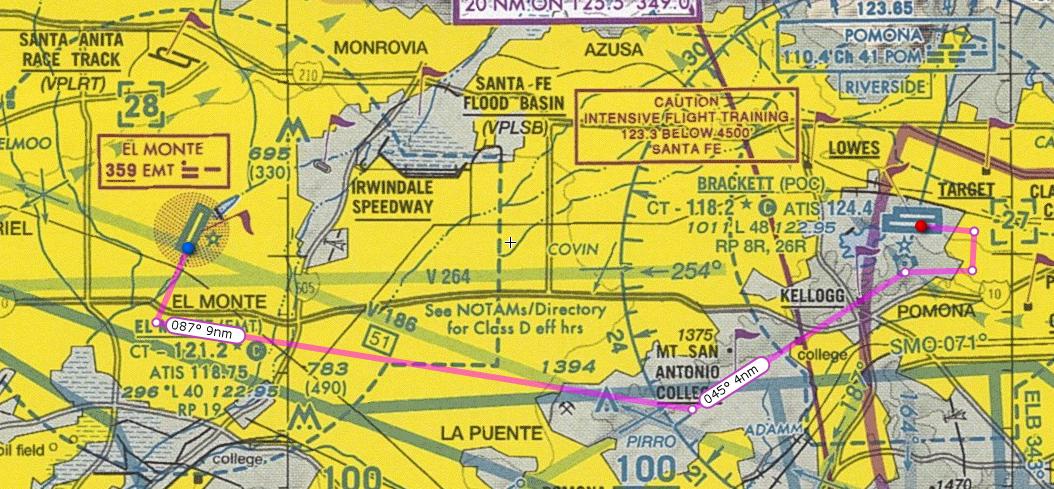Harry Potter en español
January 11th, 2015 at 10:25 am (Books, Spanish)
I picked up the first Harry Potter book, in Spanish, as a fun opportunity to practice (and improve) my Spanish skills. The writing level is a bit above my current reading level, but it’s fun to be pushed a little, and my vocabulary is definitely benefiting.
Reading this translation also raises interesting questions about the translation process — which is one of those topics that you think you understand until you think about it a bit more.
 Some American readers will be amused by the Spanish title, which is “Harry Potter y la piedra filosofal” (the Philosopher’s Stone) — which is the literal title in British English, but not the American one. It was changed to “the Sorcerer’s Stone” apparently due to expectations that “philosopher” would not appeal to American children, and that they wouldn’t know what the Philosopher’s Stone was.
Some American readers will be amused by the Spanish title, which is “Harry Potter y la piedra filosofal” (the Philosopher’s Stone) — which is the literal title in British English, but not the American one. It was changed to “the Sorcerer’s Stone” apparently due to expectations that “philosopher” would not appeal to American children, and that they wouldn’t know what the Philosopher’s Stone was.
Chapter 1 is titled “El niño que vivió”, which again is literally the same as in English: “The boy who lived.” However, the verb “vivir” in Spanish doesn’t quite have the nuance that “live” does in English (that it can also mean “survive”), so it probably comes across a bit oddly to Spanish readers.
The first sentence includes a bigger translation gap. The English reads:
Mr. and Mrs. Dursley, of number four, Privet Drive, were proud to say that they were perfectly normal, thank you very much.
That final phrase (“thank you very much”) is a clever injection of the characters’ voices into what is otherwise simple narration — a charming bit that apparently wasn’t translatable. The Spanish version replaces this phrase with “afortunadamente” (“fortunately”), which gets the meaning across, but loses the charm.
One of the other large gaps is in dialect. Hagrid appears near the end of this chapter, with his rough, uneducated dialect (e.g., “Lily an’ James dead — an’ poor little Harry off ter live with Muggles”). Apparently this is hard or impossible to convey in Spanish, so he sounds (as far as my limited ear can tell) like a normal person: “Lily y James muertos… y el pobrecito Harry tendrá que vivir con muggles” (“Lily and James dead… and poor little Harry has to live with Muggles”).
There is one place where the translation, I think, improves on the original. When Albus Dumbledore walks along Privet Drive, putting out street lamps with a silver lighter, that lighter is called the “Put-Outer” in English, which is awkward and clunky. (One thing Rowling is generally very good at is coining apt and elegant names, so this stands out.) In Spanish, it is the Apagador, from the verb “apagar” (to put out, turn off, extinguish), and that has such a better feel to it!
I’m up to chapter 5 now, make slow but enjoyable progress. Once I finish this book, I want to move on to some books at a similar level that were originally written in Spanish. That should give much more of a “real” feel for the language, without the obstacles posed by translation.
